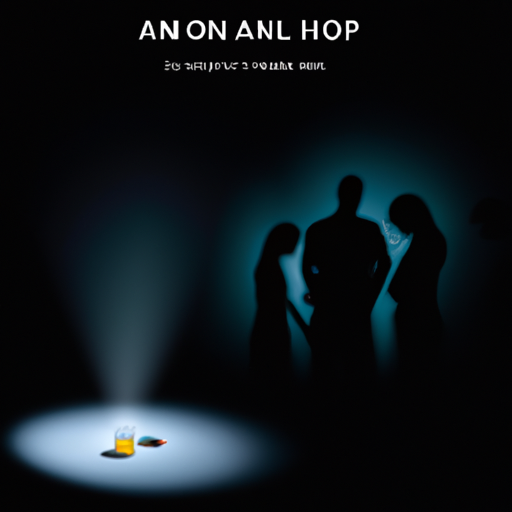The Canadian Opioid Crisis Continues: A Closer Look at Potential Solutions
In a recent article by the Times Colonist, it was reported that a new class-action lawsuit was launched on behalf of opioid users who became hooked on the drug. This suggests a growing within the Canadian healthcare and legal system to address the burgeoning opioid crisis. However, it also highlights the complexities of a crisis rooted in a multifaceted set of problems ranging from healthcare practices to socio-economic disparities.
The Impact of the Opioid Crisis
The opioid crisis is certainly not exclusive to Canada; it is a multi-faceted global issue plaguing numerous countries, particularly those in the developed world. However, its impact on Canada has been particularly acute. According to the joint statement by provincial and territorial health departments in 2018, approximately 11 lives are lost each day in Canada due to opioid overdoses.
Crime and Homelessness
As a major side effect of the opioid crisis, crime rates associated with drug use and homelessness have escalated drastically. The correlation between addiction and homelessness is evident with a surge in numbers of those displaced from their homes. This tangle of addiction and homelessness further fuels crime rates, leaving policymakers at both the local and national level grappling with a complex socio-economic quagmire.
Efforts to Combat the Opioid Crisis
While the opioid crisis continues to pose a grim challenge to Canadian society, there have been several concerted efforts aimed at its abatement, ranging from changes in healthcare practices to legal action.
The Opioid Class-action
A significant step towards accountability is the class action lawsuit launched on behalf of opioid users who became addicted to the drug. This lawsuit not only shines a spotlight on the manufacturers and distributors of these highly addictive drugs but also brings into question the practices of doctors and healthcare providers who overlooked (or perhaps were unaware of) their potent addictive properties.
Naloxone: A Life-saving Drug
Another notable measure in stemming the opioid crisis tide is the widespread distribution of Naloxone – a drug capable of reversing the effects of an opioid overdose. Around Canada, this wonder drug is being made freely available in pharmacies and injection sites, often with no questions asked. This, combined with increased public awareness campaigns around the usage and importance of Naloxone, has undoubtedly saved countless lives already.
- The Canadian opioid crisis is taking a toll on an estimated 11 lives a day in the country, with a correlation of an increase in crime rates and homelessness.
- A class-action lawsuit on behalf of opioid users has been launched targeting manufacturers, distributors, and healthcare providers of these highly addictive drugs.
- Naloxone, a life-saving drug that can reverse the effects of an opioid overdose, is being made freely available in pharmacies and injection sites around Canada.
The Road Ahead
The opioid crisis, with its much faceted impacts of increased crime, homelessness, and loss of lives presents a complex challenge. The class-action lawsuit represents a pivotal position in holding accountable not just the pharmaceutical companies but also the healthcare system and its providers. The battle against the opioid crisis, though uphill, is seeing aggressive and multipronged efforts.
The lessons learned from these efforts can be key to shaping future strategies and ensuring a more considered approach to pain management, drug addiction and homelessness. It is undoubtedly certain that the journey to resolving the opioid crisis will be long, complicated, and burdensome.
